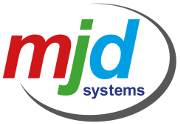Windows 10 goes end of life in 2025, when and how should I plan for this?
2025 may seem like a long time in the future, but when you consider that this is only two financial years and therefore potential company budgets before Windows 10 goes End of Life (EOL) it is worth planning the refresh of your company devices now. This will allow you to spread the capital cost[…]
